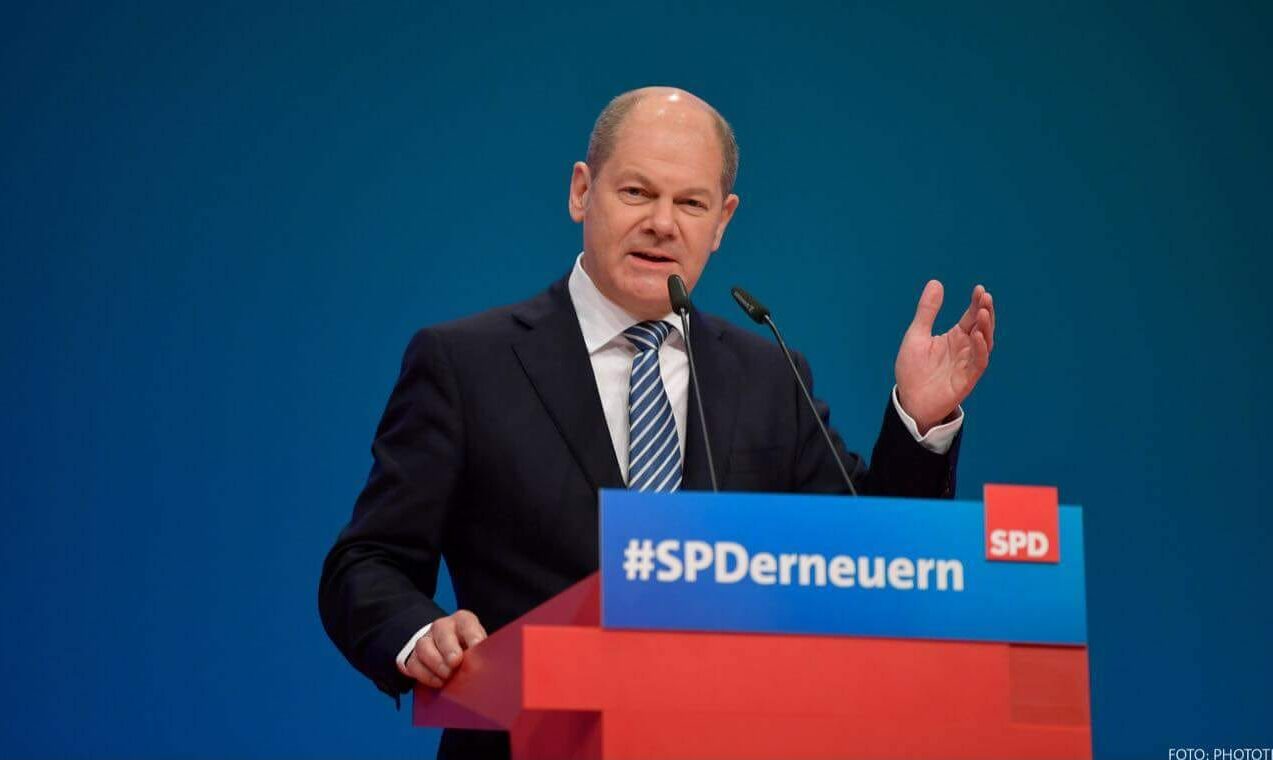All the economic schizophrenias of Germany

What is happening in the USA, in Europe and above all in Germany in terms of economic and industrial policies. The analysis by Alessandro Fugnoli, chief strategist of the Kairos funds
The ink has not yet dried on the European Commission's quarterly report, which lowers the eurozone's growth estimates for this year and next, and here the ECB cuts them further . For the three years 2023, 2024 and 2025 the overall growth forecast goes from 4 to 3.2 percent.
These are estimates that will probably have to be lowered further, given the assumptions on which they are based. The Commission, for example, hypothesizes an average price of crude oil of 82.2 dollars (corrected from the 72 hypothesized in the spring), when today we are already above 93 dollars for Brent.
Having said that, even if we weigh these forecasts, those who want to console themselves can go back to the spring of 2022, when they would have willingly put their signature under numbers with a positive sign. As for rates, 4 percent as the probable arrival point of the monetary tightening is a balanced level. There is still economic growth on the horizon, and it is therefore more than right to also think about containing inflation, which remains at high levels.
HOW IS INFLATION GOING
In fact, markets have been feeling freed from the threat of inflation for a few months, but looking at reality (albeit through the pink lenses of the ECB) the central bank's estimates still indicate an overall inflation of 10.7 percentage points for this year and the next two.
This 10.7, added to the overall 14.5 of the two years 2021 and 2022, gives a loss in purchasing power of the eurozone of 25.3 percentage points between the beginning of 2021 and the end of 2025.
To make a comparison with the Seventies, a 2005 study by Otmar Issing ( Why Did the Great Inflation not Happen in Germany? ) explains, smugly and proudly, that the money supply control policies by the Bundesbank managed to contain overall inflation for the five years 1975-79 to 20.7 percent. That is, we observe, almost 5 points less than the 2021-25 period.
EUROPE'S PROBLEMS AND GERMANY'S PROBLEMS
Europe's problems, in any case, are more about policies than at a macroeconomic level, in particular those relating to fiscal policy, energy, international trade, investments and research.
On fiscal policy, the weakening of the stimulus created by the Recovery Plan will only be partially compensated by the German packages for defense and industrial subsidies (all strictly off-budget in order to be able to pretend to have balanced accounts) and will thus move from the periphery in the center.
On energy, the bungled German policy (which went as far as demolishing wind farms to expand coal mines, all while two nuclear plants that could produce at a low price have been closed) causes emissions to increase while prices, compared to the rest of the world, world remain high.
On international trade, the free trade religion that inspires the Lisbon Treaty is now replaced by protectionist and state aid policies. In abstract terms, they are policies that could even make sense for a certain period, but which do not take into account the inflationary effects (think of the prices of electric cars if barriers were placed on Chinese ones) and the retaliations to which an exporting region like Europe he would expose himself.
As for investments, despite growing public intervention, they remain chronically low, particularly in new technological sectors.
EUROPEAN STOCK MARKETS ARE STILL STRONG
Despite all these problems, European stock markets maintain a certain strength, determined by the ability of companies to maintain good margins and low valuations.
In this market phase, which has begun to see a rotation from cyclicals and growth towards defensive sectors, European (particularly Swiss) insurance and pharmaceuticals should be considered as a counterweight to American growth stocks.
HOW IS THE UNITED STATES GOING
The same applies, of course, to America itself. Since the beginning of December, the 7 technology giants have risen by 66 percent, while the remaining 493 stocks that make up the SP 500 index have risen by only 5 percent. It's time for this spread to narrow.
As for the American macro context, the latest data confirm the strength of the labor and consumption markets. If this strength continues in the coming months, the Fed, which will remain firm on rates on September 20, will consider a new increase in November or December.
Larry Summers attributes only a one-third probability to the immaculate soft landing that the markets have adopted as a scenario. The other two thirds are divided between no landing (inflation which stops at 3 and then rises again) and hard landing.
For now, in any case, there are no signs of a hard landing and the recovery in inflation is essentially limited to oil.
This is a machine translation from Italian language of a post published on Start Magazine at the URL https://www.startmag.it/economia/germania-ue-usa-politiche-economiche-industriali/ on Sat, 16 Sep 2023 05:21:18 +0000.
